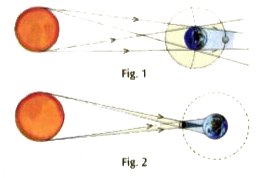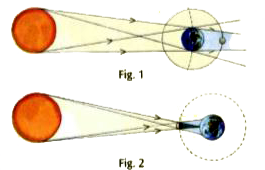When does oogenesis take place? Describe the stages of process.
Step-by-Step Solution:
1. Initiation of Oogenesis: Oogenesis begins in the fetal ovary. During this stage, a large number of gamete mother cells known as oogonia are present.
2. Development of Primary Oocytes: At birth, the majority of these oogonia will undergo mitosis to produce more oogonia, while a select few will enter meiosis I. However, they do not complete this process and instead halt at prophase I, specifically in the diplotene stage. These cells are referred to as primary oocytes.
3. Arrested Development: The primary oocytes remain arrested in this stage from birth until puberty. At this point, many of the follicles containing these primary oocytes undergo degeneration, a process known as follicular atresia. By the time of puberty, approximately 60,000 to 80,000 primary oocytes remain in the ovaries.
4. Completion of Meiosis I: With the onset of puberty, under the influence of gonadotrophin releasing hormone, the primary oocytes complete meiosis I. This results in the formation of a secondary oocyte and a first polar body. The polar body typically degenerates.
5. Meiosis II: The secondary oocyte will only complete meiosis II if fertilization occurs. Upon contact with a sperm, the secondary oocyte undergoes meiosis II, resulting in the formation of a mature ovum (also known as an ootid) and a second polar body, which also degenerates.
6. Fertilization: The nucleus of the mature ovum then fuses with the nucleus of the sperm during fertilization, leading to the formation of a zygote.
Summary of Stages:
- Growth Phase: Formation of oogonia in the fetal ovary.
- Multiplication Phase: Development of primary oocytes, which get arrested in prophase I.
- Maturation Phase: Completion of meiosis I at puberty and meiosis II upon fertilization.
- Growth Phase: Formation of oogonia in the fetal ovary.
- Multiplication Phase: Development of primary oocytes, which get arrested in prophase I.
- Maturation Phase: Completion of meiosis I at puberty and meiosis II upon fertilization.
Topper's Solved these Questions
- HUMAN REPRODUCTIONBOOK - ICSECHAPTER - HUMAN REPRODUCTIONEXERCISE - PREVIOUS YEARS. BOARD PAPER QUESTIONS (VERY SHORT ANSWER TYPE QUESTIONS)
9 Videos
- HUMAN REPRODUCTIONBOOK - ICSECHAPTER - HUMAN REPRODUCTIONEXERCISE - PREVIOUS YEARS. BOARD PAPER QUESTIONS (SHORT ANSWER TYPE-I QUESTIONS)
3 Videos
- HUMAN REPRODUCTIONBOOK - ICSECHAPTER - HUMAN REPRODUCTIONEXERCISE - PRACTICE QUESTIONS (SHORT ANSWER TYPE-II QUESTIONS)
20 Videos
- HUMAN HEALTH AND DISEASE BOOK - ICSECHAPTER - HUMAN HEALTH AND DISEASE EXERCISE - COMPETITION CORNER (OBJECTIVE TYPE QUESTIONS) (Assertion and Reason Type Questions (For AIIMS aspirants))
28 Videos
- ISC BOARD PAPER (2019 -BIOLOGY)BOOK - ICSECHAPTER - ISC BOARD PAPER (2019 -BIOLOGY)EXERCISE - PART-II ( SECTION-C)
12 Videos
Similar Questions

When does a lunar eclipse take place?
View Solution
When does a solar eclipse take place?
View SolutionHow does condensation take place?
View SolutionWhere does krebs cycle take place?
View SolutionWhere does C3 cycle take place?
View SolutionWhere does hematpoiesis take place in adults ?
View SolutionWhere does exchange of gases takes place?
View SolutionWhere does the dark reaction take place?
View SolutionWhere does fertlisation take place in earthworms?
View SolutionThe first meiotic division during oogenesis is completed at the
stage of
View Solution
